So You Got a Grease Stain? Don’t Panic. Here’s What Actually Works.
I’ve seen it all. From simple cotton work shirts to delicate, heirloom-quality silks. And you know what the one great unifier is? Grease. I’ll never forget one of my first big challenges: restoring costumes for a local theater. A plate of buttery pasta had a very unfortunate run-in with a velvet dress, and the director was, let’s just say, not calm. That was my trial by fire, and it taught me that panic gets you nowhere, but a solid, step-by-step plan works every single time. The internet is flooded with “hacks,” but honestly, most of them create an even bigger mess. My goal here is to walk you through the professional techniques I’ve learned and taught, so you can tackle these stubborn spots with total confidence.
In this article
Success isn’t about some magic spray you saw in an ad. It’s about knowing what you’re up against, how grease plays with fabric, and picking the right tool for the job. It’s a craft, really, and it starts with understanding the enemy.
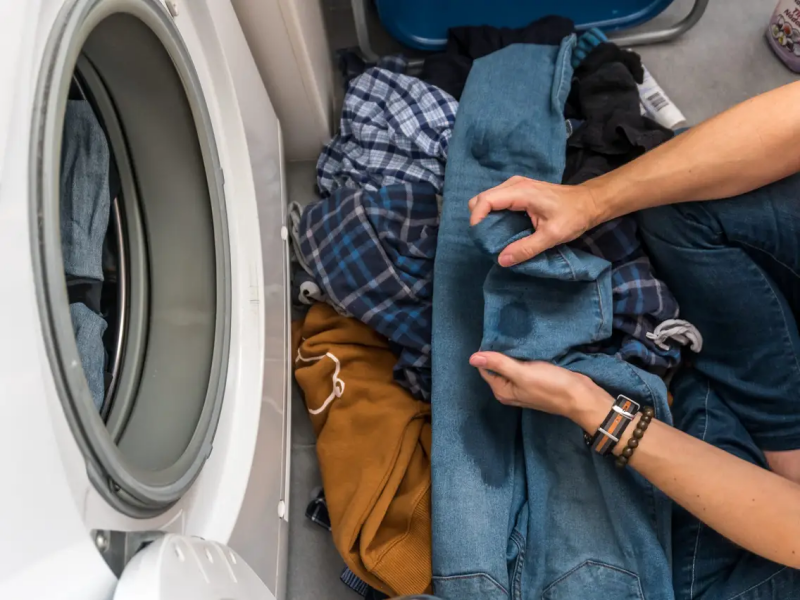
Why Grease Stains Are So Stubborn
Before you attack a stain, it helps to know what you’re fighting. Grease—whether it’s from salad dressing, cooking oil, or bacon—is a type of lipid. And the most important thing to know about lipids is that they are non-polar, which is just a sciencey way of saying they hate water. Your fabric fibers, on the other hand, are porous. When grease hits your shirt, it doesn’t just sit there; it dives deep into the fibers, wrapping them in an oily film that water just slides right off of.
This is exactly why tossing a greasy shirt in the wash usually does nothing. The water in your washing machine can’t grab onto the oil to pull it out. To win this fight, you need something that can either dissolve the oil or act as a bridge between the oil and the water. This boils down to three main strategies: absorbing, lifting, or dissolving.
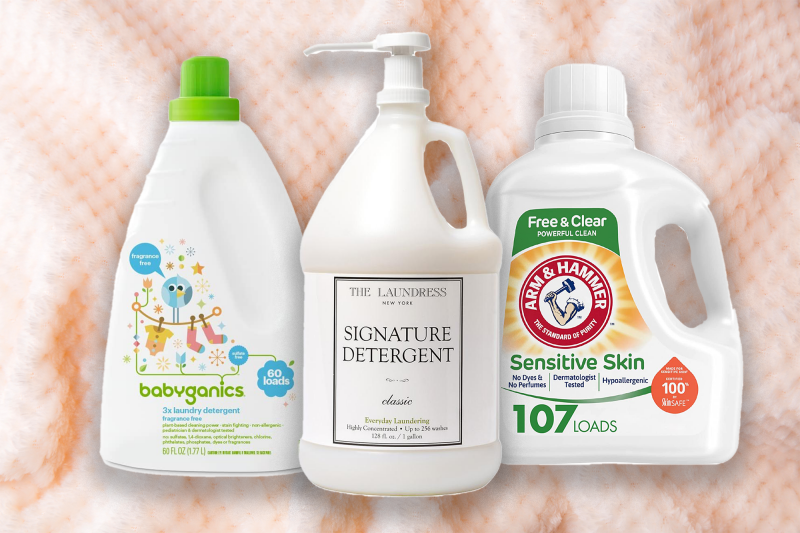
Your Grease-Busting Toolkit: What You Actually Need
Before we get into the methods, let’s talk about your arsenal. You don’t need a hundred different products. Here are the essentials I keep on hand. You can find most of these at any grocery store or big-box retailer like Target or Walmart.
- An Absorbent Powder: Cornstarch or baking soda are perfect. They’re cheap—usually just a couple of bucks a box—and incredibly effective. For tougher fabrics, good old table salt works in a pinch.
- A Quality Dish Soap: Look for a concentrated, clear formula. I swear by Dawn Platinum (around $5) because it’s specifically designed to cut through food grease without extra dyes that could stain your clothes.
- Enzyme Laundry Detergent: This is a game-changer. You want a liquid detergent that lists “lipase” or “enzymes” on the label. Persil ProClean or Tide Ultra Stain Release are great options, usually running $12-$18 for a large bottle.
- Isopropyl (Rubbing) Alcohol: A simple bottle of 70% rubbing alcohol from the pharmacy aisle is a fantastic solvent. It costs maybe $2-$3 and is a secret weapon for tough, set-in stains.
- A Soft-Bristled Brush: An old, clean toothbrush is perfect for this. No need to buy anything fancy.
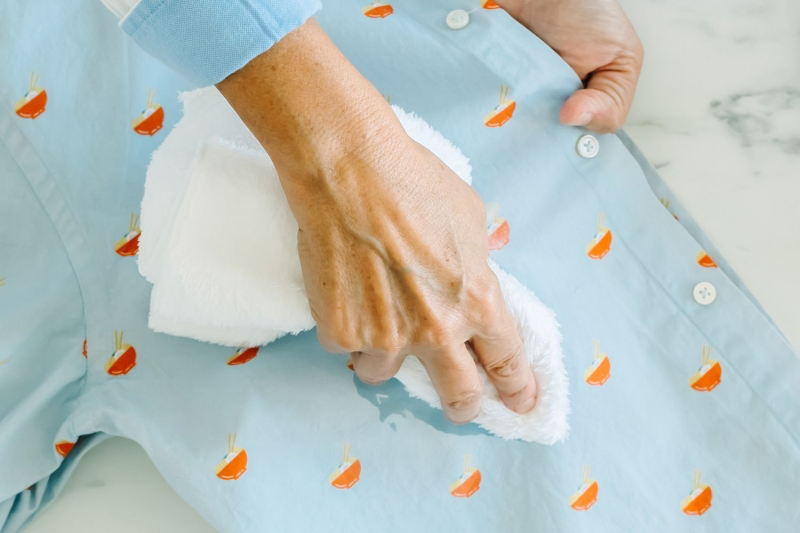
The First 30 Minutes: What to Do RIGHT NOW
How you react in the first half-hour can honestly determine about 80% of your success. Speed is everything. Once oil oxidizes and bonds to the fabric, your job gets way harder.
Step 1: Scrape, Don’t Rub!
I know your first instinct is to grab a napkin and scrub frantically. Please don’t. Rubbing just grinds the oil deeper into the fabric and makes the stain bigger. Instead, grab a dull edge—a butter knife, the side of a credit card, or even a spoon—and gently scrape any excess gunk off the surface. Work from the outside edge of the spill toward the center.
Step 2: Blot, Don’t Smear
After scraping, take a clean, white paper towel or cloth and press it firmly onto the stain. Lift, and repeat with a clean section of the towel. You’ll see the oil wicking into the paper. Quick tip: Always use a white cloth. A colored napkin can sometimes transfer its dye, leaving you with a brand new problem.
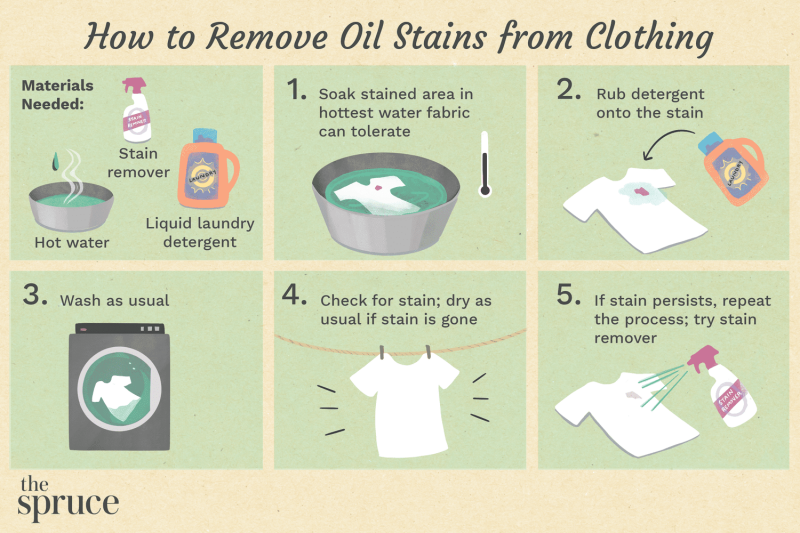
Step 3: Bring on the Powder
This is the most important step for a fresh stain. Pile a thick layer of your absorbent powder over the entire greasy area. And I mean thick—don’t be shy. For most fabrics, cornstarch is my go-to because the particles are super fine and absorbent. But for heavy-duty stuff like denim or canvas, the grittier texture of plain table salt can work wonders. Let the powder sit for at least an hour. If it’s a major spill, like a puddle of olive oil, I’ve been known to leave it overnight. You’ll see the powder turn yellow and clumpy as it pulls the oil out. That’s a great sign! Then, just scrape the powder off and toss it.
The Heavy Lifters: Everyday Solutions for Stains
Once you’ve removed the excess, it’s time to treat what’s left behind. These are my go-to methods for most common grease stains on durable fabrics like cotton and polyester.
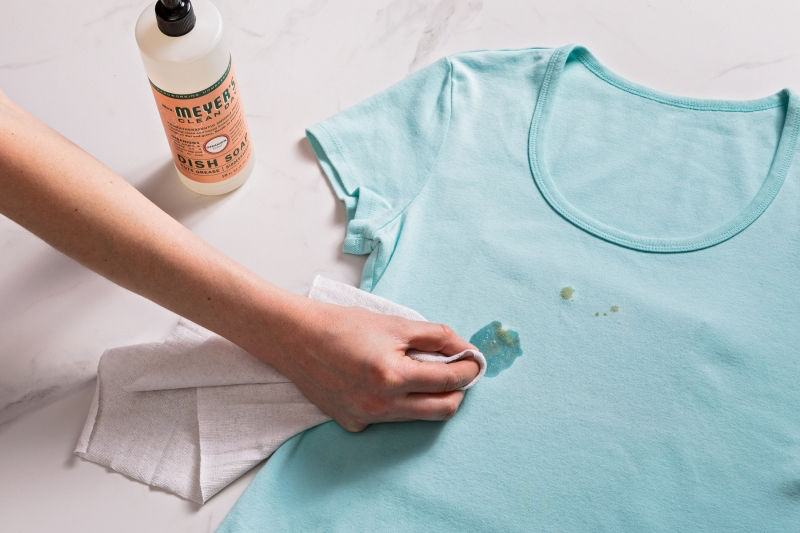
Method 1: The Dish Soap Trick
This is the industry standard for a reason. A good dish soap is a powerful surfactant made to annihilate food grease. Apply one or two drops of a clear, concentrated dish soap directly to the stain. Use your finger or that old toothbrush to gently work it into the fibers in a circular motion, moving from the outside in. Let it sit for about 15-30 minutes.
And now for the pro tip: Rinse from the back of the fabric. Hold the stain under a stream of warm water so the water hits the clean side and pushes the soap and grease out of the material. Think of it like pushing a splinter out instead of driving it deeper. You want to flush the gunk completely OFF the fabric, not through it.
Method 2: The Enzyme Detergent Power-Up
Modern detergents are amazing. The best ones for grease contain an enzyme called lipase, which literally digests fats and oils, breaking them down so they can be washed away. Check the label for “lipase,” “protease,” or “stain-fighting enzymes.” Pour a small amount directly on the stain, work it in, and let it sit for at least 30 minutes before washing. For a really stubborn spot, letting it sit for a few hours can make all the difference.
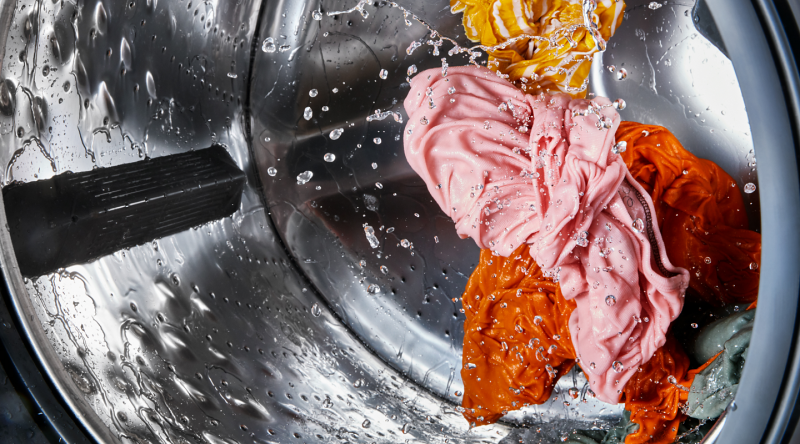
Let’s Talk
Inspiration:

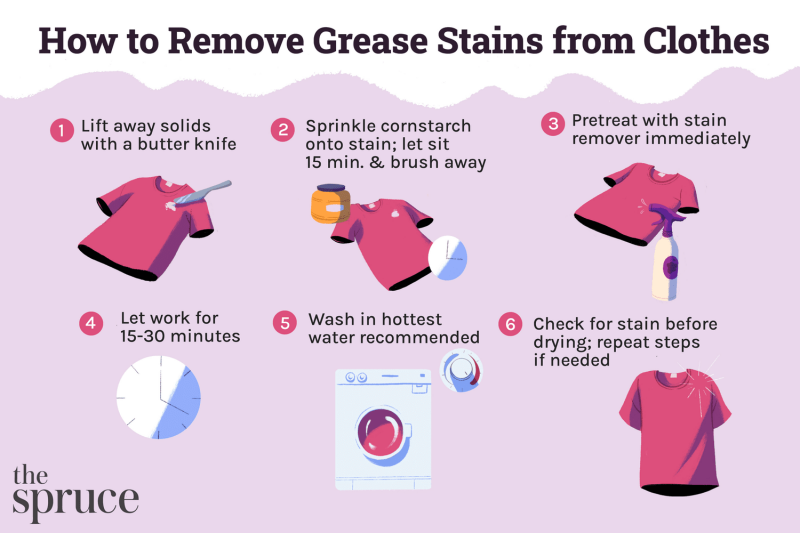
The Cardinal Sin of Stain Removal: Never, ever apply heat to a grease stain until you are 100% certain it’s gone. Tossing a still-oily shirt in the dryer will bake the grease into the fibers, making it nearly impossible to remove. Always air-dry the item first to check your work. Patience is your best tool here.
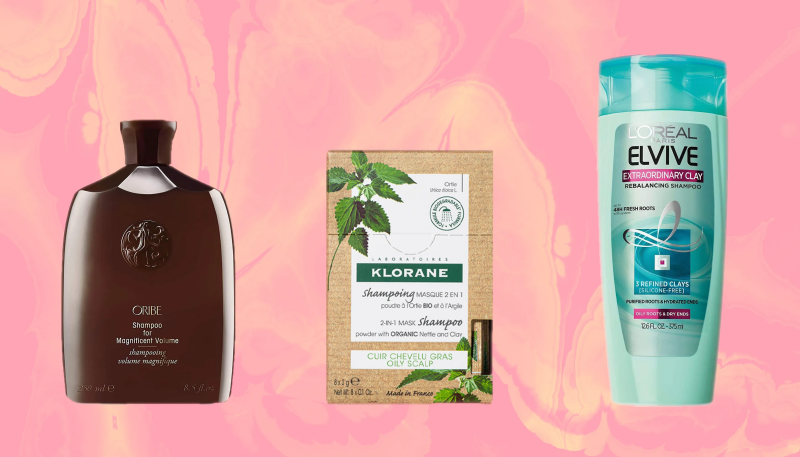
More than 75,000 birds have been cleaned using Dawn dish soap since the 1970s, a testament to its powerful yet gentle degreasing capabilities.
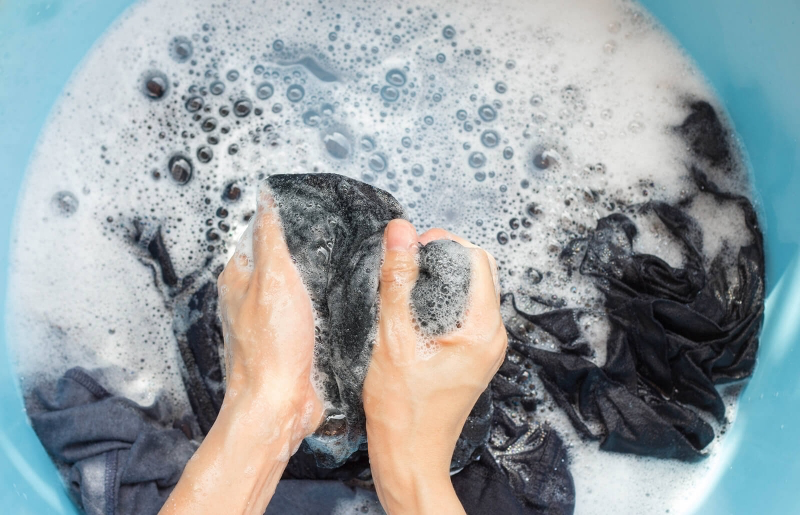
That old, set-in stain you just discovered on your favorite hoodie… is it a lost cause?
Not necessarily. For stubborn, oxidized grease, you need a solvent-based approach. Products like Lestoil or Pine-Sol (use sparingly and test first!) can work wonders. Apply a small amount to the stain, work it in with a soft brush, and let it sit for at least 30 minutes before washing as usual. This can often break down grease that water and regular detergent have failed to lift.
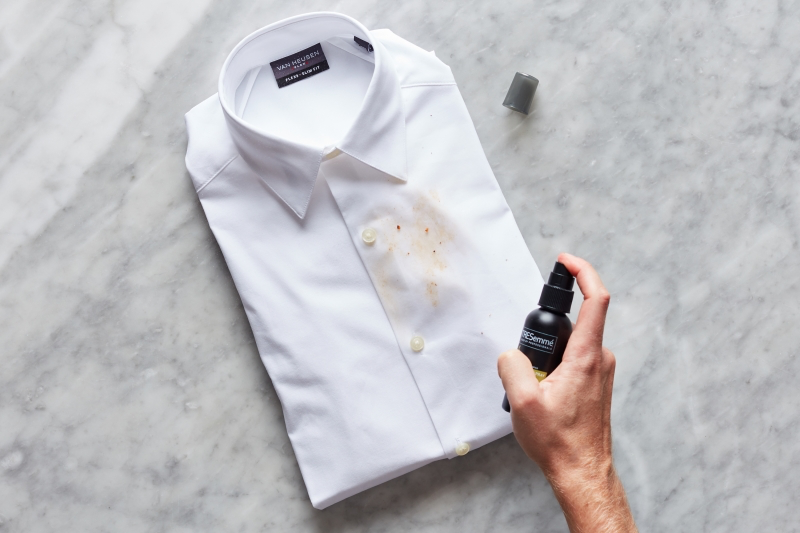
For an eco-friendly attack on grease, consider this two-step method:
- First, liberally sprinkle the stain with baking soda or cornstarch and let it sit overnight. This will absorb the bulk of the oil without any harsh chemicals.
- Next, treat the remaining mark with a dab of biodegradable dish soap, like those from Ecover or Seventh Generation, and wash in the coldest water the fabric can handle.
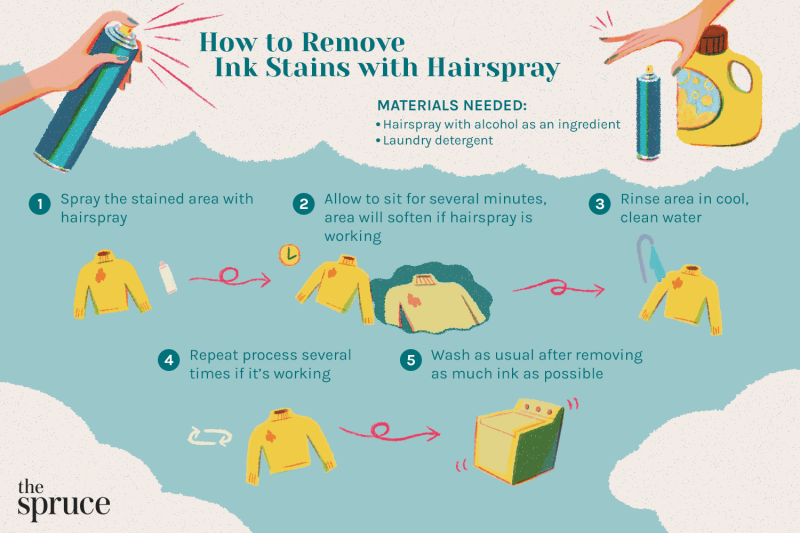
Classic Blue Dawn: The go-to for most food-based grease stains (think butter, olive oil, salad dressing). Its surfactants are excellent at lifting fresh culinary oils from cotton and polyester.
Heavy-Duty Lestoil: Your secret weapon for tougher, non-culinary grease like motor oil, bike chain grease, or set-in stains. It’s a heavy-duty, solvent-based cleaner that can succeed where soap fails, but always test it on an inconspicuous area first, especially on delicates.
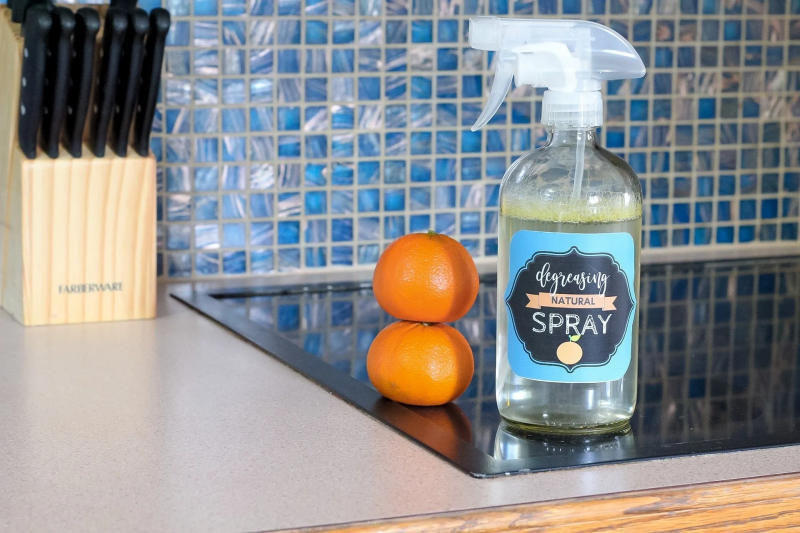
- Absorbs fresh oil splatters in seconds.
- Incredibly gentle on delicate fabrics like silk or cashmere.
- Costs next to nothing and is easy to carry.
The secret? A simple stick of white school chalk. Just gently scribble over a fresh grease mark to absorb the oil, then brush away the powder before treating the remaining spot and washing.
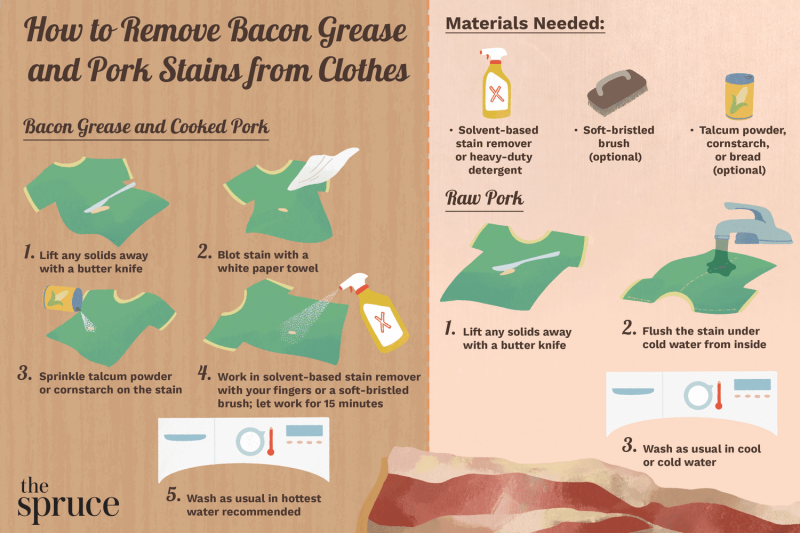
Treating grease on delicate fabrics like silk or wool requires a gentle touch. Aggressive rubbing can damage the fibers permanently. Instead, lay the garment flat and gently blot the stain with a clean, white cloth. Apply your chosen absorbent (talcum powder is excellent for delicates) and let it sit for several hours. Brush it off, then hand-wash using a pH-neutral, specialized detergent like The Laundress Wool & Cashmere Shampoo.

For centuries, textile workers used Fuller’s Earth, a type of absorbent clay, to pull lanolin and other oils from raw wool.
This ancient technique works on the same principle as the cornstarch in your pantry. These fine powders have a massive surface area that draws oil up and out of fabric fibers through capillary action, doing the heavy lifting before you even introduce water or soap.
Create a stain-fighting emergency kit for your purse or car. All you need is a small, travel-sized container of cornstarch, a few cotton swabs for precise application, and a clean piece of white cloth or a few paper towels for blotting. This simple setup allows you to treat a fresh stain immediately, preventing it from setting and making it much easier to remove completely once you get home.










